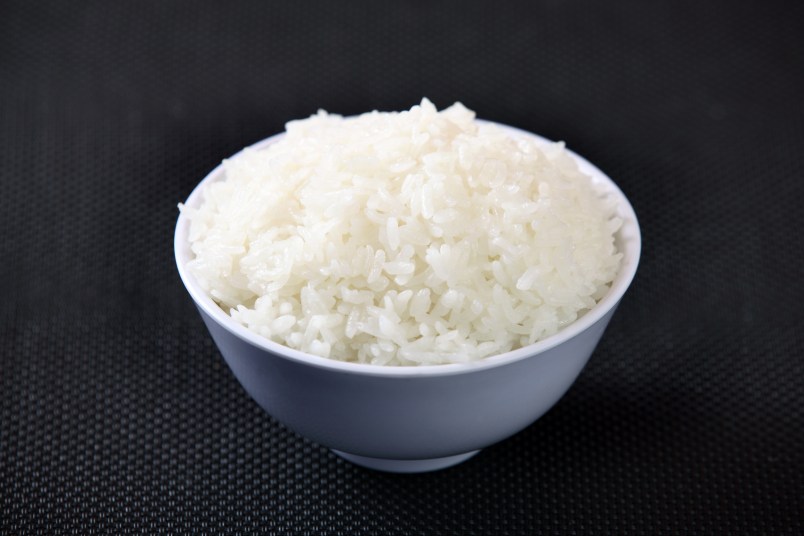News Flash: White Rice Is Actually Better for You Than Brown Rice
The whole grain isn't as healthy as you think

If you’ve ever been on a health kick or wanted to lose weight, you may have switched from eating white rice to brown rice. Brown rice is often touted for it’s health benefits, while white rice has been demonized in many health-conscious communities. But is brown rice really healthier than white rice? The answer may surprise you.
The Rice Debate
There are a few reasons that brown rice is often considered the better option. The main argument is that it’s a whole grain. The difference between brown rice and white rice is that brown rice is in its unprocessed, whole grain form. White rice, on the other hand, has had the bran and germ removed during processing.
Whole grains are considered to be healthier because they contain more fiber. Fiber is a nutrient that’s known to lower cholesterol, control blood sugar, and regulate digestion. It’s true that brown rice contains more fiber than white since it is unrefined, but the type of fiber is important to note.
There are two types of fiber: soluble and insoluble. Soluble fiber absorbs water to soften your stools in the digestive tract, making them easier to pass. It slowly forms bulk and triggers peristalsis, which are intestinal contractions that help waste move through your system. Not only that, but soluble fiber also ferments in the digestive tract to help promote a good balance of bacteria in the gut!
On the other hand, insoluble fiber does not absorb water or ferment. Since it doesn’t get broken down at all, it forms hard bulk in the intestines. When consumed in large amounts, it can actually cause inflammation, discomfort, bloating, gas, and more.
Brown rice contains insoluble fiber, and as naturopathic medicine doctor Liz Carter explains, this can take quite a toll on your gut. “Brown rice is high in harsh, irritating insoluble fiber. White rice is not,” she says. “I have seen brown rice be very difficult to handle for my patients with gut issues. It’s better to focus on soluble fiber foods that feed your gut health.” If you struggle with digestive issues like constipation and want to consume more fiber, consider adding more foods with soluble fiber to your diet.
Arsenic and Phytates
Two more reasons may make you want to forego brown rice — phytic acid and arsenic. Brown rice contains phytic acid, which is known as an antinutrient because it actually blocks your body’s ability to absorb certain nutrients, like iron, zinc, and calcium. Eating large amounts of it can ultimately lead to vitamin and mineral deficiencies. Brown rice is also higher in arsenic, which is a toxic heavy metal that, when consumed over time, could increase your risk of diseases like cancer, heart disease, and type 2 diabetes. Yikes!
We’re often told that eating anything “white” that has been processed is bad. But in this case, processing the grain actually removes the inflammation-causing fiber (which makes it easier to digest) and lowers the amounts of phytic acid and arsenic, making white rice a healthier choice!
All this being said, white rice does have a slightly higher glycemic index than brown rice does, meaning that it could elevate blood sugar levels more. If you already have type 2 diabetes, prediabetes, or high blood sugar, it’s best to manage your portions when consuming carbohydrates in general.
As the wisdom of ancient eating traditions in India and China have long pointed out, white rice is a hearty, filling starch that’s easy to cultivate, prepare — and to digest! So before you forego the white rice and choose brown rice, consider all the factors. White rice may be the more healthful addition to your plate after all.
















